- Home
- Ornamental Plants
- Ficus Triangularis variegata -Indoor/Outdoor-Ornamental...
Ficus Triangularis variegata -Indoor/Outdoor-Ornamental Plants




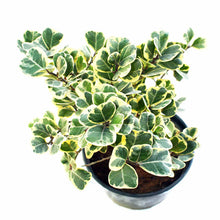
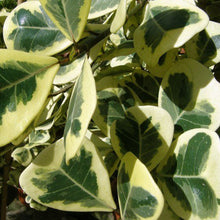
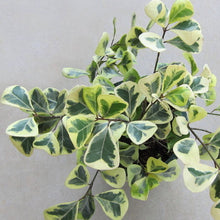
Ficus Triangularis variegata -Indoor/Outdoor-Ornamental Plants




Damaged or lifeless? We’ll replace it for free. Learn more
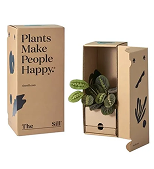
Double layered custom boxes to protect plants during shipping.
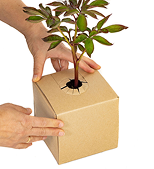
Air vents for proper air-flow
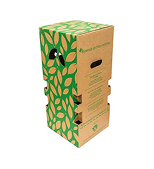
To preserve plant freshness during transit

Details steps of how to grow and maintain your plant
Ficus trees are a common plant in the home and office, mainly due to the fact that they look like a typical tree with a single trunk and a spreading canopy. Ficus trees can maintain their tree-like shape regardless of their size, so this makes them ideal for bonsais or for massive houseplants in large spaces. Their leaves can be either dark green or variegated. We have 9 different varieties of Ficus trees. Click here to check it out.
When growing ficus indoors, it is important to maintain a relatively high humidity around the plant. Regular misting or setting the ficus tree on a pebble tray filled with water is a great way to increase their humidity, but keep in mind that while they like high humidity, they do not like overly wet roots. If the top of the soil is wet, do not water as this means they have enough moisture. If the top of the soil feels dry to the touch, this indicates that they need water
Selected plant of 8-10 inches
Planted into a 5-inch pot
With healthy, moisture-retaining soil
A care instruction sheet for maintenance guide

Get in touch for best pricing on bulk orders and landscaping projects.
 WhatsApp us
WhatsApp us

Call on 9177805454 (Mon-Sat, 9 AM-6 PM) or WhatsApp us – we’re here to help.
About Exotic Flora
At Exotic Flora, we’re passionate about bridging the gap in bringing plants to everyone. With over 500+ varieties across 7 plant categories, from exotic finds to everyday greens, we bring the entire range to you.
Our plants, sourced from all parts of India are nurtured at Kadiyam, in our 25 acres in-house nursery by a team of expert horticulturists. Once they are ready we ship all our plant varieties across India.
Our services go beyond safe delivery of plants. A dedicated support team is there to help you with any maintenance queries you may have.
At Exotic Flora we always believe in going that extra mile, because everyone should have the plants they love.
Indoor plants it doesn't mean that they don't requires sunlight. they also need 3-4 hours of indirect bright light. The best indirect bright light can be morning or evening sunlight. You can also place your plant near to brightest area of your location.
The soil mix required for most indoor plants are mix of peat moss, vermiculite, perlite, cocopeat, organic compost, sandyloam soil or garden soil. Remeber the soil should be well drained, fertile and rich in organic content.
Remember overwater can kill your plant. Water when the topsoil(2-3 inch) feels dry to touch. In general moderate watering(in every 3-4 days)
There is a details about the individual plant care in the description of each plants. So look at the descrption of selected plants for plant care guidelines.
Chlorophytum comosum, Parlour palm, All Ferns(Green & Golden Boston Fern), Ponytail palm, Areca palm, Pepromia, Table palm. Raphis palm etc.
All Aglaonema, Areca palm, All money plant, All Ficus plant, All Song of India, All Dracaena species, Chlorophytum comosum, All snake plants, Jade green, Crotons etc.
Eventhough they are indoor, they also need minimum 3-4 hours of indirect bright light to produce flowers. Plants like Peace lily, Bird of paradise, Heliconia, Kalanchoe, Anthurium, Chrysanthemum, Poinsettia, Orchid plants etc.
There is a sections in the Indoor plants about the Air-Purifer plants, you can look at that section for more details.
On average, an indoor plant will need repotting every 1-2 years to avoid it from becoming �pot bound� and to allow it to continue to grow and thrive. The best time to repot is during spring to give actively growing roots have enough time to grow into the fresh potting mix.
It is typically due to under watering, overwatering, or too much direct sunlight, try giving it some water and see if it perks up. Sometimes it's as easy as that. Most plants leaves will begin to wilt when they need watered.
It maybe due to when they're exposed to too much fertilizer or too many salts build up in the soil. Always follow the description of fertilizers before using it.
